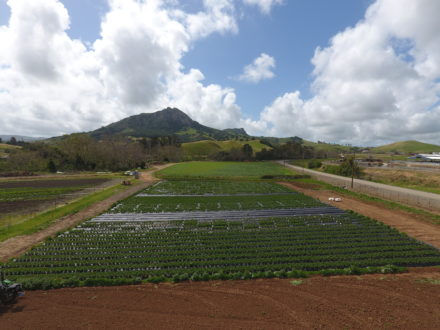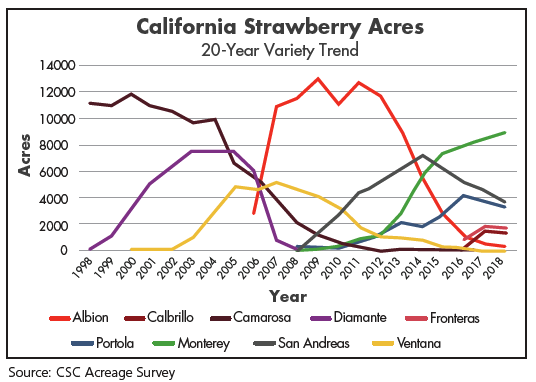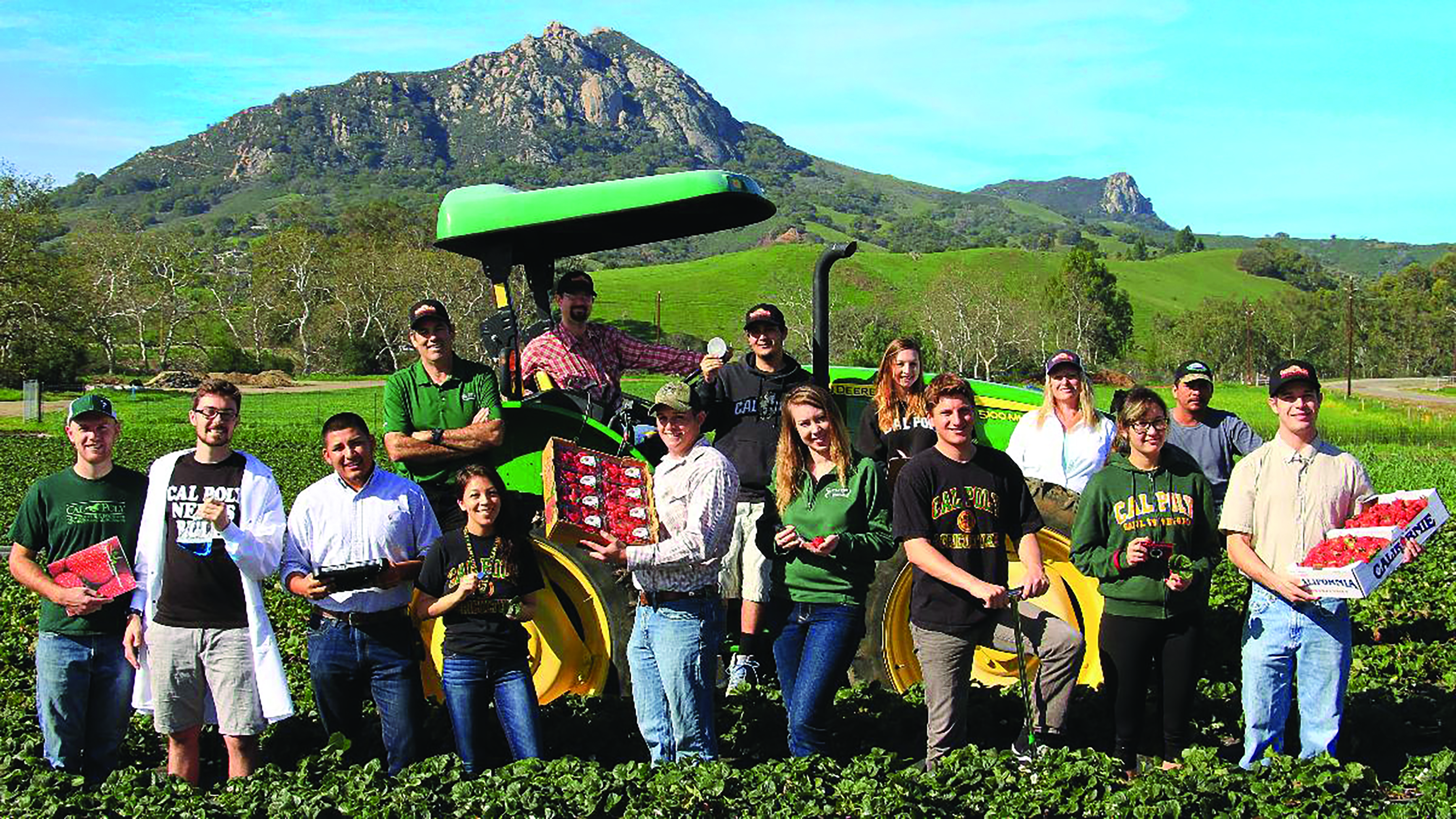

Jul 3, 2018California strawberry growers succeed despite challenges
For the California strawberry grower, the natural environment makes up for the state’s manmade business environment.
Roughly four out of every five strawberries are grown in the United States come from California, which is the only state to have a year-round growing season. But growers also face difficult regulations and business conditions, including mandated increases to the state minimum wage.
“California is a tough place to do business but it’s still the best place in the world to grow strawberries,” said Thomas AmRhein, the vice president of Naturipe Berry Growers and chairman of the California Strawberry Commission (CSC). Strawberries are the state’s fourth-most valuable crop and use less than 1 percent of California farmland, according to the CSC.
Growers are now taking proactive steps to keep strawberries fiscally sustainable.
AmRhein said three challenges stand out for businesses in general, not just strawberry growers. First, the minimum wage in California is increasing each year and is set to rise to $15 an hour by 2022. Second, the threshold for starting overtime pay in ag labor will drop from 60 hours to 40 hours per week in 2019. Third, AmRhein said that in some instances there are differing interpretations of the labor rules at the state and local level, and there’s a likelihood for such disputes to only be resolved by large class action lawsuits.
Strawberry growers are becoming more efficient. The total number of strawberry acres cultivated peaked in 2013 and has only decreased since that time, even as the state sets new records for production.
“I think that the trend of per-acre productivity is going to continue,” AmRhein said. “It has to. We have to become more productive.”
Driving the increased productivity are higher-yielding strawberry varieties such as Monterey and San Andreas, as well as proprietary varieties owned by brands or growers.


“It’s the genetics that has kept us moving ahead,” AmRhein said.
The Strawberry Center at California Polytechnic State University doesn’t get directly involved in genetics breeding – most of the state academy research takes place at UC Davis – but it does test new varieties for disease resistance. Last year, trials were conducted of 90 different strawberry varieties from breeding programs in natural field conditions. The center’s field day last year drew 230 attendees eager to see how the varieties were growing compared to each other.
The goal of genetics work is not only to find disease-resistant and higher-yielding plants, but also plants that that can be more easily harvested, in part because of labor costs. A recent grant from the USDA’s National Institute of Food and Agriculture will provide $4.8 million to research strawberry next-generation disease resistance breeding, and management solutions through August 2021.
Researchers from a number of institutions such as University of California Agriculture and Natural Resources, UC Davis, UC Riverside, UC Santa Cruz, and Cal Poly San Luis Obispo and the University of Florida will work together on the study.
While breeders search for strawberry plants that can be more easily harvested, mechanized strawberry harvesters are being developed to streamline the harvesting process. Mechanical labor-saving devices are being developed to assist in many other tasks of strawberry growing and processing. CSC has invested $3.5 million in a strawberry de-capper since 2014.
Cal Poly professor John Lin has “dozens” of projects looking at mechanization or decreasing labor inputs for strawberry growers, including mechanical picking, sorting and runner cutting, said Strawberry Center Director Gerald Holmes.
As technology changes the game of growing strawberries, sales remain focused on North America. The berries are simply too fragile to ship well overseas.
“It’s a real difficult equation,” AmRhein said. A few exporters ship by air, but “it’s a tough commodity to get across the Pacific. You can’t do it in shipping containers on a boat.”
The stable sales market and the best land for strawberry growing seem to be two things on which growers can continue to rely. Work on genetics and mechanical aids make growers even more confident about the future.
Naturipe Berry Growers in 2017 celebrated its 100th year as a grower-owned co-op. AmRhein said the co-op is by far the country’s the oldest strawberry marketing organization.
“We’re geared up to go another 100 years,” he said.


Centered on strawberries
The Cal Poly Strawberry Center will turn four years old this summer.
The CSC has invested $3 million in the center since Cal Poly began adding staff in August 2014.
The center’s goal is to “increase the sustainability of the California strawberry industry through research and education that addresses industry needs.”
Holmes said two industry events in the past year drew growers to the center in large numbers.
The CSC’s Strawberry Automation Summit in January 2018 featured two dozen speakers on emerging technologies. “It got a real hard look from an industry perspective,” Holmes said. About 180 people attended the summit. “There weren’t just people there high on technology for technology’s sake.”
“The industry is excited about what we’re doing, what we’re able to provide them,” Holmes said.
For more information, visit www.strawberry.calpoly.edu.
– Stephen Kloosterman, FGN Assistant Editor
Top photo: A strawberry field of the Strawberry Center at Cal Poly. Photo: Gerald Holmes














